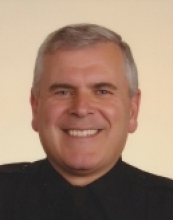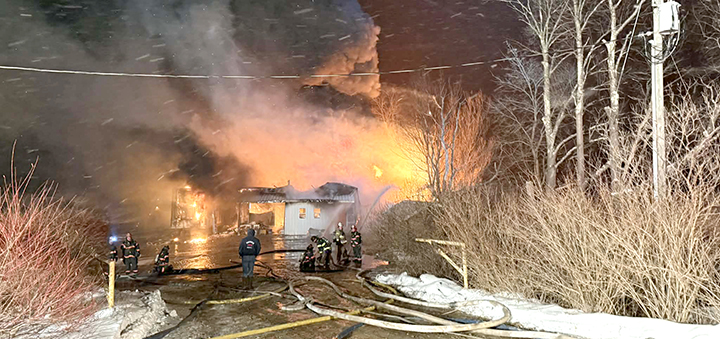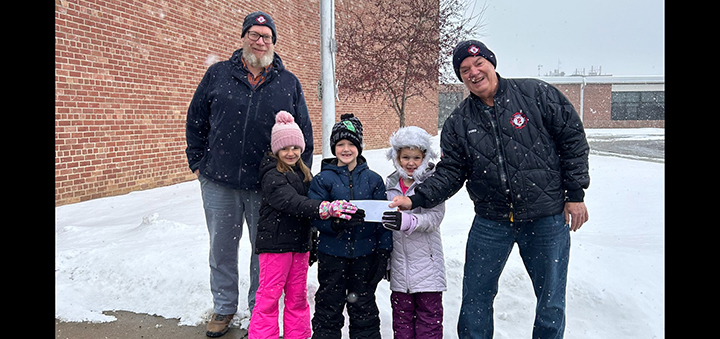Our growing ambulance emergency
Routine readers of The Sherburne News already know of the reminiscence column of local history named “107 Years Ago”.
Notwithstanding the oddly chosen anniversary year to remember, what stands out in this weekly feature is the ways people were injured and killed at the beginning of the 20th century: horse-dragged, bull-gored, struck by trains, countless farming incidents, and other unusual mishaps. In nearly all of those reported calamities, the victim was transported to a doctor’s residence or brought to the nearest home and a doctor summoned to attend.
It wasn’t until the end of World War II that ambulance services made their appearance in New York’s rural areas. Many WWII veterans put their combat lifesaving skills to good use by volunteering in their communities. Almost every veteran was a member of a volunteer fire company, and thus began the era of fire department ambulance corps. The fire-based emergency squad system, staffed by our neighbors, worked well operating on volunteer blood, sweat, and tears for about six decades.
But that was then, and this is now.
Right now Chenango County is experiencing an ambulance emergency. If you have the misfortune of needing an ambulance, this will require a great amount of effort on the part of our County 9-1-1 dispatchers to find one for you. Their job is similar to evenly spreading too-little peanut butter over fresh bread without tearing the slice. The wait for that ambulance is frightening or infuriating – or both. And when it arrives it likely drove many miles, and precious minutes to reach you.
Over the past decade, for various reasons, volunteering for a local emergency squad has dwindled down to only a few hearty people. Even so, we are better off than those we read about 107 years ago, but still not where we should be in the 21st century. Currently, the paid ambulances in our area are Cooperstown Medical Transport (CMT) a for-profit business, and the not-for-profit ambulances from the City of Norwich, the Village of Sherburne, the Village of New Berlin and the Greene EMS, Inc. However, living in a paid ambulance district is no guarantee of a speedy response. There’s a chance the paid ambulance from your district is covering a medical emergency miles away.
Last week the New Berlin ambulance was in the news because of financial troubles rooted in paying staff members but not having enough customers to sustain the service. They are certainly living up to their not-for-profit moniker. But, no municipal based ambulance should be expected to turn a profit, particularly in a rural area. Elected leaders need to remember they are providing a much-needed service to their constituents. If government leaders required all of their tax paid services to at least break even, the police and highway departments would be very busy closing that gap.
A dozen years ago, in 2006, your author was at the forefront of an ambulance crisis as the Acting Norwich Fire Chief when a for-profit ambulance company made a decision to leave Chenango County out of their business plan. At that time I was quoted as saying the situation of using Norwich FD as a county-wide ambulance was not feasible. In response to that reduction of ambulance service, the Villages of Sherburne and New Berlin created their own combination paid and volunteer EMS whose current financial situation is about as solid as Jell-O. Meanwhile, the fully-paid Norwich FD is doing all they can to keep up with calls in their own district. Exasperating the NFD situation is their mutual aid response to calls in areas from New Berlin to Mt Upton and McDonough to Otselic. Thankfully, CMT is often available as back-up to the NFD.
Back in 2006, the County Fire Coordinator came up with the concept of a county-funded EMS ‘fly-car’ system. This was an idea adopted by other counties who were in the same predicament; Livingston County is a good example. Had our county supervisors at the time approved and funded the fly-car, we would be well ahead of this dilemma, just as Livingston County is now.
We can’t keep our heads in the sand any longer. Without some sort of change in thinking, this situation is going to get worse. The demographic most likely to use ambulance service are Medicare-dependent, the elderly and those in poverty, and this vulnerable population is growing, while Medicare payments are slow to keep pace.
We all want to do the right thing and be helpful by assisting our neighbors. In the fire service, this is known as Mutual Aid, with emphasis on mutual. Reliable ambulance service in our area will require elected leaders to get together in a room to figure this out - soon. And fair warning, no one should try to run a municipal emergency ambulance as a business because it’s not, it’s a service.








Comments